ARTHUR I. MILLER: Colliding Worlds
ARTHUR I. MILLER is Emeritus Professor of History and Philosophy of Science at University College London. Though he began by studying physics at the Massachusetts Institute of Technology where he gained a PhD, he is fascinated by the nature of creative thinking and, in particular, in creativity in art on the one hand, and science on the other. He relishes in exploring these similarities and differences. An experienced broadcaster, lecturer and biographer, he writes engagingly about complex social and intellectual dramas, weaving the personal with the scientific to produce thoroughly-researched works that read like novels.
His latest book Colliding Worlds: How Cutting-Edge Science is Redefining Contemporary Art (W.W. Norton) published this month, tells the story of how art, science and technology are fusing in the twenty-first century. To research it he interviewed leading figures in the world of contemporary science-influenced art and has spent time and lectured at CERN, the MIT Media Lab, the School of Visual Arts and Ars Electronica. In 2013 he was a juror for the Prix Ars Electronica for Hybrid Art.
For those of you in Paris, Arthur will be presenting a lecture based on his book on the 16th September, 2014 at Le Laboratoire.
Interview by Will Kitson
You grew up in the Bronx where you say ‘one’s greatest dilemma was whether to go to see the Yankees or the Giants play baseball.’ How did you get from there to Physics and Philosophy?
“Would you have imagined years ago in the Bronx that you would be standing here in the House of Lords?,” quipped a fellow Bronxite recently at a rather posh reception in that hallowed establishment. “Never in a million years,” I replied. The Yankee-Giants’ dilemma, and playing sports generally, were bright spots because in school I spent most of my time almost literally trying to stay alive. In those days everyone took a general IQ test at the age of about eight or so which determined your placement in the New York public school system – forever. Life at home was chaotic since my family was pioneering in their dysfunctional ways and always short of money. This naturally affected my test results which led to my being dumped in lower-level classes full of students who often had severe behavioural problems – more to the point homicidal tendencies. Of necessity I had to blend in with the daily classroom havoc and fights. I had fallen through the net.
Luckily in those days the Bronx had fabulous libraries whose major attraction to me, at first, was their quiet surroundings, peace from the chaos around me. There I discovered great literature and classical music. I became an autodidact because my teachers assigned only trivial readings, if any, to students they considered as hopeless. Finally, in my third year in high school another battery of IQ tests were given. This time I scored superbly. But I was in a catch-22 situation in that I was tarred from having been in low-level classes and so barred from taking the so-called honour courses. Except for honour history for which I wrote a term paper on the causes of the second world war – military history being a serious interest then and now. I was accused of plagiarism. That was it.
This episode further turned me away from any higher education. I decided to follow my interest in photography with which I had had some success. This led to a stint with the United States Information Service at the United Nations. But my fascination with chemistry won out and I finally decided to take the plunge and go to the City College of New York. This great institution was free and so offered students like myself the opportunity for a first-rate educational experience.
But there was a problem with studying chemistry – I’m red-green colour blind which is a disaster in lab courses. Anyway my interest was towards the theoretical side. What amazed me was Niels Bohr’s theory of the atom. To study it further I switched to physics which also satisfied my interest in philosophy which I had picked up in a number of places including Greenwich Village coffee houses. Questions of metaphysics especially excited me – What is the nature of matter? What is the nature of physical reality? What is the nature of science? What is the nature of the mind? How does it turn out soaring scientific theories, grand music, exotic art and magnificent prose? And, of course, I was struck by Camus and Sartre, with questions like – Why are we here? – which I sometimes zeroed into by asking, Why am I here?
At City College I took heavy doses of philosophy while pushing on with physics. I continued my studies at the Massachusetts Institute of Technology (MIT). Since then I’ve been on the faculties of the University of Massachusetts, Harvard University, l’École Pratique des Hautes Études, Paris, and University College London. Looking back, which I usually refrain from doing, I don’t regret the angst and trauma of those Bronx days of a truly bygone era. It gave me a unique way of assessing and reacting to life – people, things, events and all that, sometimes clumped together under the rubric, ‘vicissitudes of life’.
While earning your PhD in Physics at MIT your passion began to switch directions. What prompted this shift?
At MIT I studied the theory of elementary particles but my passion was always in those “What is the Nature of…” questions. So it was inevitable that I would begin to change direction and eventually take the leap into the history of ideas. After doing physics research for a few years I began to read the original German-language papers written by giants of twentieth-century physics – scientists steeped in philosophical thought such as Albert Einstein, Niels Bohr, Werner Heisenberg and Wolfgang Pauli. They drove home to me the importance of visual thinking in highly creative research. I became interested in how visual images are constructed and stored in the mind and how they are accessed and then manipulated in thinking. I turned to cognitive science which gave me the means to structure my ideas.
My involvement with scientific creativity naturally led to my investigating such concepts as intuition, symmetry and beauty. This work, in turn, was influential in my studying the relation between art and science, and so into the relation between artistic and scientific creativity.
You have formulated your own model of how creative thinking is carried out – ‘The Network Model’. Please tell us a bit about how you feel science and art extends our intuition from common sense to an understanding of a world beyond our perception.
Since you mentioned it, let me say a few words about the Network Model. It is a means for exploring unconscious thought. The unconscious is the realm where a problem can be considered in myriad ways unavailable to consciousness with its barriers and inhibitions. Concepts from apparently unconnected disciplines are brought to bear like laser beams catalysing the illumination for solving the problem under consideration. The model employs such notions as long- and short term (or working)-memories as well as guidelines for selecting the proper combination of facts and data towards arriving at the illumination, such as metaphors, visual thinking, aesthetics and, for science, conservation laws as for example the conservation of energy.
I have found that concepts from science and art are necessary for high creativity. Einstein, for example, turned to a minimalist aesthetic for help in resolving issues confronting physicists in 1905. The result was the theory of relativity. Two years later Picasso turned to an aesthetic of reducing forms to geometry when he was stuck on a painting in which he had incorporated recent developments in mathematics, science and technology. The result was Cubism. At that nascent moment of creativity Einstein thought like an artist and Picasso like a scientist. Both dealt with the same problem – to redefine classical intuitive notions of space and time. In doing so they provided a glimpse into worlds beyond our common-sense intuitions. This has always been the goal of artists and scientists, a goal we can liken to communicating the ineffable.
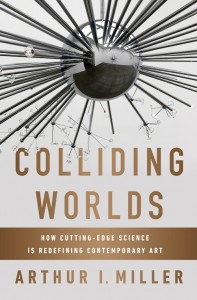 At Seymour, we’re fascinated by attempts to communicate the ineffable. Your new book Colliding Worlds explores the intersection of art and science and helps readers expand their definitions of each topic and “how both involve an intuitive feel for the beauty of the unseen.” Please give us a glimpse of your thoughts on this subject.
At Seymour, we’re fascinated by attempts to communicate the ineffable. Your new book Colliding Worlds explores the intersection of art and science and helps readers expand their definitions of each topic and “how both involve an intuitive feel for the beauty of the unseen.” Please give us a glimpse of your thoughts on this subject.
Since my contention in Colliding Worlds is that in the 21st century art, science and technology will merge, the common ground is what interests me. What went before will be relegated to history. Let me review what is usually understood as the difference between beauty in art and beauty in science. Beauty in art is a visible thing and has to do with form and symmetry. It is subjective and so is truly in the eye of the beholder. The biological sciences also attribute beauty to symmetry in form but support this with arguments concerning how symmetrical objects are better suited to nature. Sciences based in mathematics and often dealing with the invisible have a completely objective notion of beauty or aesthetics. An equation is beautiful if it maintains its form when certain elements in it are transformed. For example, if an equation maintains its form when left and right are switched, then that equation is said to display mirror symmetry. Meaning: if it predicts an experimental result then that result will be the same if the experiment is performed in a mirror world. Beautiful equations, the basis of beautiful theories, are more likely to succeed than ‘ugly’ ones. No one knows exactly why. Perhaps it’s that beautiful theories reflect the underlying beauty in nature, often beyond our senses. For this reason beauty has become a guideline in mathematically-based sciences.
In a merged art, science and technology – which I call artsci in Colliding Worlds – there will be a new notion of aesthetics and beauty since artsci will be based in the physical sciences. One new version of aesthetics has arisen in data visualisation art based in algorithms: high information content in a representation goes along with high aesthetics.
This merging of art and science will, in the future, become ever more prevalent. It is present already in such fields as data visualisation art, sound art, electronic art and media art. Most people in those fields consider themselves to be artist and scientist in one.
Even the notion of ‘intuition’ is no longer fuzzy in artsci. Although I have found that certain artists cannot put their finger on it, they emphasise the importance to intuition of experience, rather than someone simply divining a result. I add that the new artsci will necessarily be made up of new versions of today’s sciences.
We live in a frenetic world; we are inundated with information and near constant communication. How do you maintain balance? Do you have a favorite place to go for introspection?
I find music a great inspiration as well as a way to maintain a sense of equilibrium, of perspective. I especially like to play Bach on the piano, and am always struck by the exquisite purity of form in his compositions and the ethereal resonances they generate. I sit in wonder at how someone could compose such works, how he touched the cosmos. When one plays Bach, you know that everything will be alright.
I have no particularly favourite place to go for introspection. It could be while sitting in the deep soft leather armchair in my study, in a café, staring out the window of a plane or train, in art galleries, at concerts and perhaps, believe it or not, even watching TV.
If the universe inside you were to be contained in just one symbol, what would that symbol be?
α – the fine-structure constant from physics with a numerical value of almost exactly 1/137. It is made up of essential fundamental constants of the universe: Planck’s constant, the speed of light and the charge of the electron. If its numerical value differed ever so slightly life as we know it would not have emerged. It is also a mystical number because it is the numerical content of the Hebrew letters that make up the word Kabbala. Synchronism?
Published: June 17th, 2014


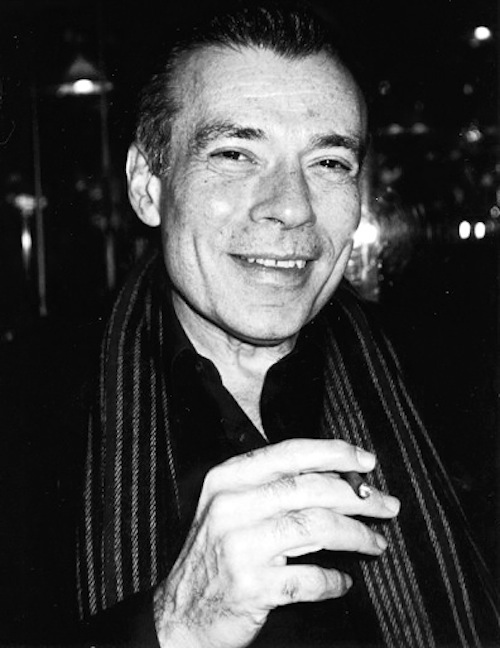

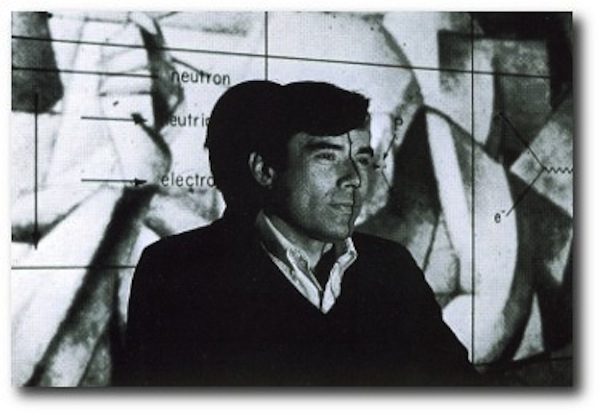
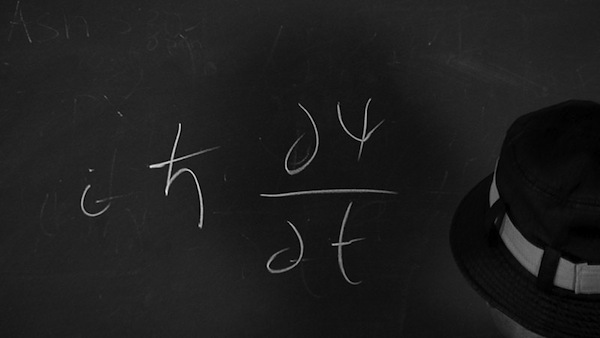
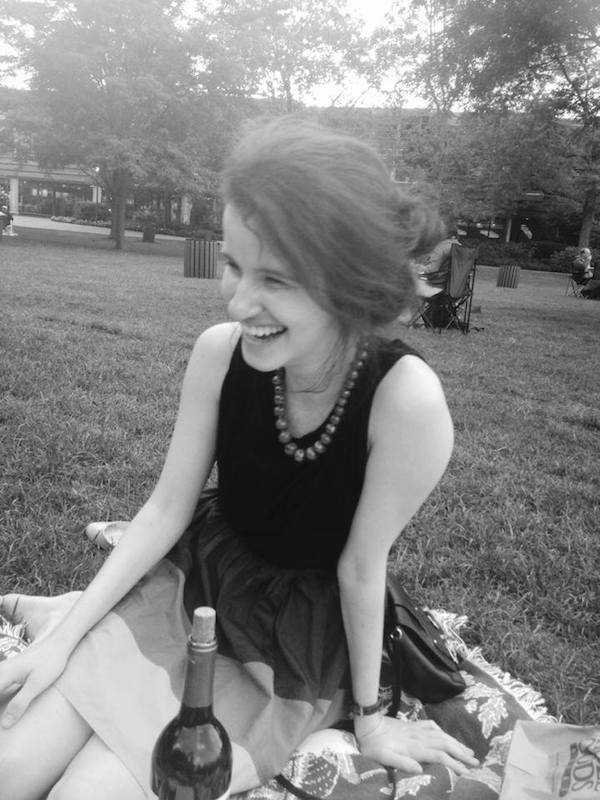
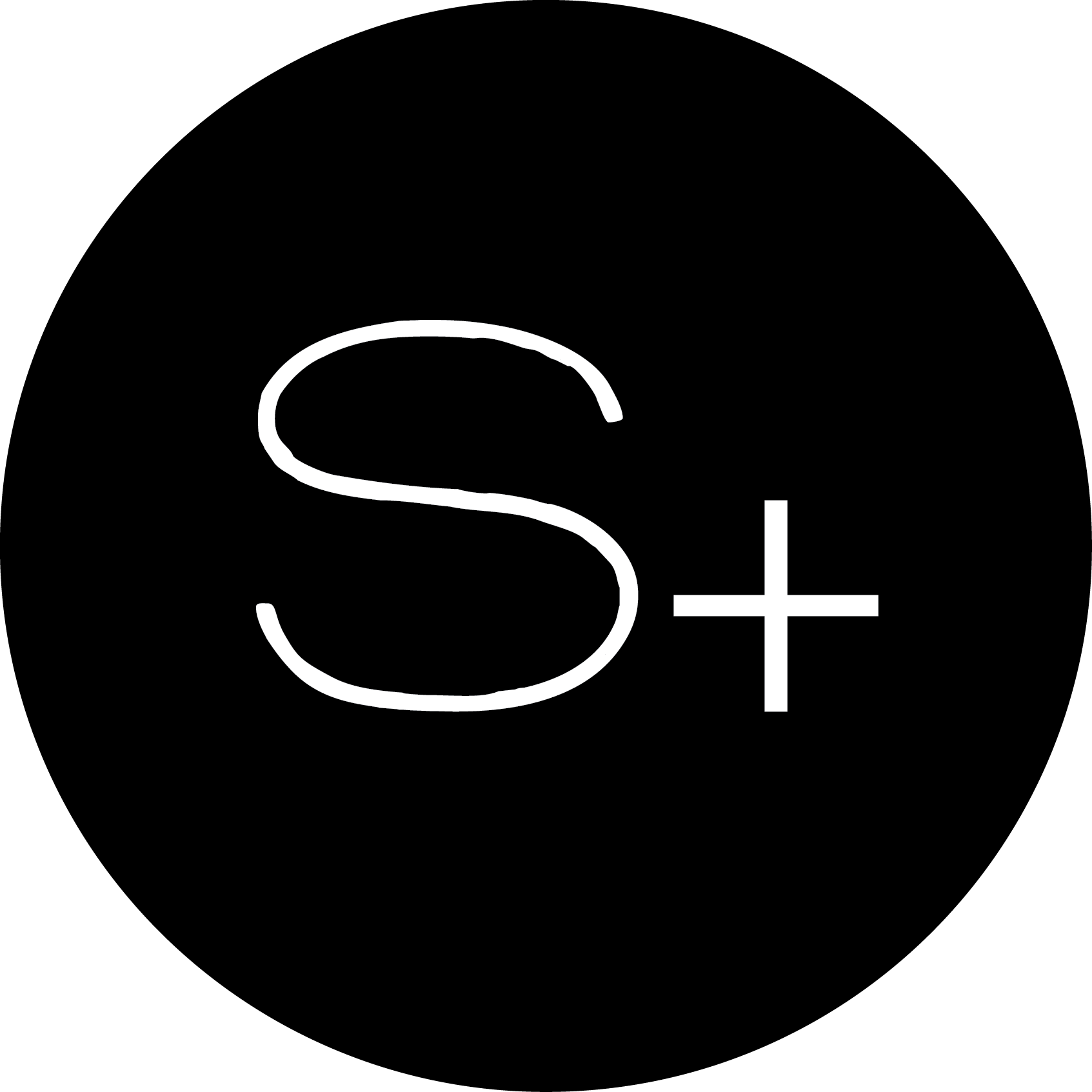
[…] Read full interview online: Seymour Magazine […]